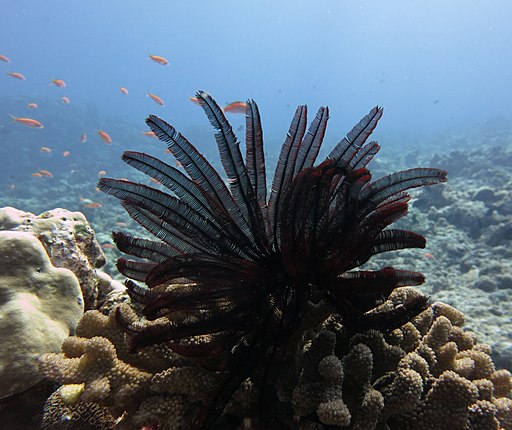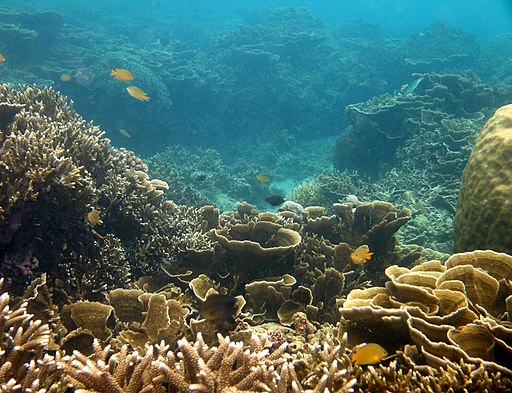Hibernating Corals and the Microbiomes that Sustain Them
Posted
Last Updated
As winter approaches, many species of animals— from bears and squirrels to parasitic wasps and a few lucky humans—hunker down for some needed rest. The northern star coral (Astrangia poculata) also enters a hibernating state of dormancy, or quiescence, during this time.
But what happens to its microbiome while it’s sleeping?
A study led by University of California, Davis, Assistant Professor Anya Brown found that microbial communities shift while this coral enters dormancy, providing it an important seasonal reset. The work may carry implications for coral in warmer waters struggling with climate change.

“Dormancy, at its most basic, is a response to an environmental stressor—in this case, cold stress,” said Brown, who is part of the UC Davis Bodega Marine Laboratory in the Department of Evolution and Ecology. “If we understand more about this recovery period, it might help us understand what microbes may be responsible for recovering coral in warmer tropical systems.”
The study, published in the journal Applied and Environmental Microbiology with scientists from Woods Hole Oceanographic Institution, or WHOI, and Roger Williams University, is the first to demonstrate a persistent microbial community shift with dormancy in a marine animal.
“This study shows that microbes respond to stress and recover in a predictable pattern,” said co-author Amy Apprill, an associate scientist at WHOI. “It’s foundational knowledge that may help us develop probiotics or other microbial treatments for stressed tropical corals.”
While you were sleeping
From October 2020 through March 2021, researchers dove 60 feet down into cold, nearly 40 degrees Fahrenheit water to collect 10 distinct colonies of the coral A. poculata from a dock in Woods Hole, Massachusetts. This coral is found in Atlantic waters extending from the Gulf of Mexico to Massachusetts.
Read more at ecomagazine.com

